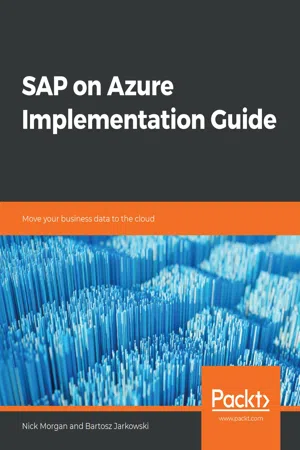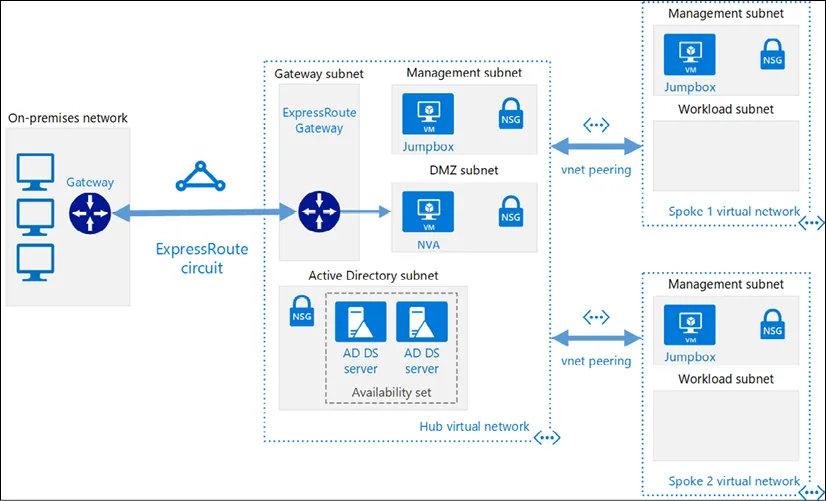
SAP on Azure Implementation Guide
Move your business data to the cloud
- 242 pages
- English
- ePUB (mobile friendly)
- Available on iOS & Android
About this book
Learn how to migrate your SAP data to Azure simply and successfully.
Key Features
- Learn why Azure is suitable for business-critical systems
- Understand how to migrate your SAP infrastructure to Azure
- Use Lift & shift migration, Lift & migrate, Lift & migrate to HANA, or Lift & transform to S/4HANA
Book Description
Cloud technologies have now reached a level where even the most critical business systems can run on them. For most organizations SAP is the key business system. If SAP is unavailable for any reason then potentially your business stops. Because of this, it is understandable that you will be concerned whether such a critical system can run in the public cloud. However, the days when you truly ran your IT system on-premises have long since gone. Most organizations have been getting rid of their own data centers and increasingly moving to co-location facilities. In this context the public cloud is nothing more than an additional virtual data center connected to your existing network.
There are typically two main reasons why you may consider migrating SAP to Azure: You need to replace the infrastructure that is currently running SAP, or you want to migrate SAP to a new database. Depending on your goal SAP offers different migration paths. You can decide either to migrate the current workload to Azure as-is, or to combine it with changing the database and execute both activities as a single step. SAP on Azure Implementation Guide covers the main migration options to lead you through migrating your SAP data to Azure simply and successfully.
What you will learn
- Successfully migrate your SAP infrastructure to Azure
- Understand the security benefits of Azure
- See how Azure can scale to meet the most demanding of business needs
- Ensure your SAP infrastructure maintains high availability
- Increase business agility through cloud capabilities
- Leverage cloud-native capabilities to enhance SAP
Who this book is for
SAP on Azure Implementation Guide is designed to benefit existing SAP architects looking to migrate their SAP infrastructure to Azure. Whether you are an architect implementing the migration or an IT decision maker evaluating the benefits of migration, this book is for you.
Frequently asked questions
- Essential is ideal for learners and professionals who enjoy exploring a wide range of subjects. Access the Essential Library with 800,000+ trusted titles and best-sellers across business, personal growth, and the humanities. Includes unlimited reading time and Standard Read Aloud voice.
- Complete: Perfect for advanced learners and researchers needing full, unrestricted access. Unlock 1.4M+ books across hundreds of subjects, including academic and specialized titles. The Complete Plan also includes advanced features like Premium Read Aloud and Research Assistant.
Please note we cannot support devices running on iOS 13 and Android 7 or earlier. Learn more about using the app.
Information
2
Architect SAP on Azure
Landscape planning
Azure landing zone

Network connectivity
- Site-to-site (S2S) VPN3: This connects a VPN device on your on-premises network via the public internet to a VPN gateway in Azure
- ExpressRoute4: It creates a private network connection between your on-premises network and Azure data centers
Table of contents
- Cloud Readiness
- Architect SAP on Azure
- Migrate SAP to Microsoft Azure
- Transforming SAP in Azure
- Index